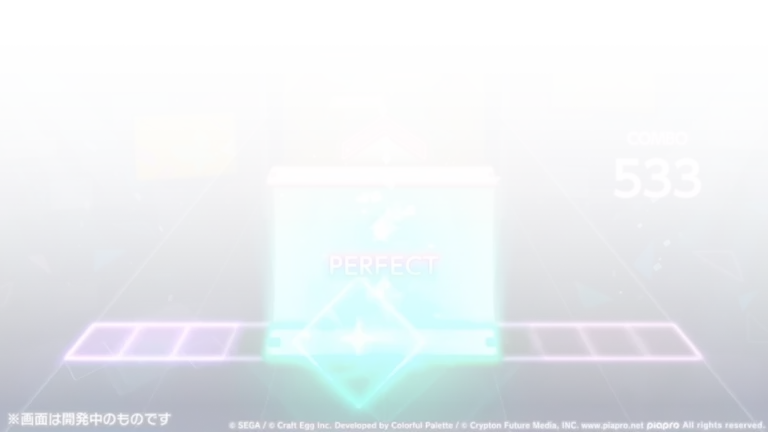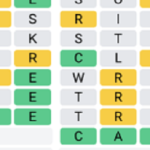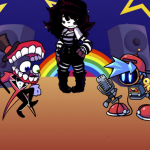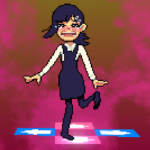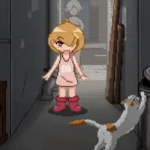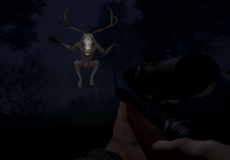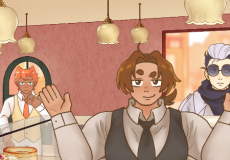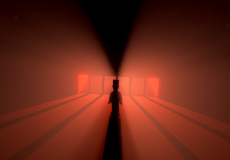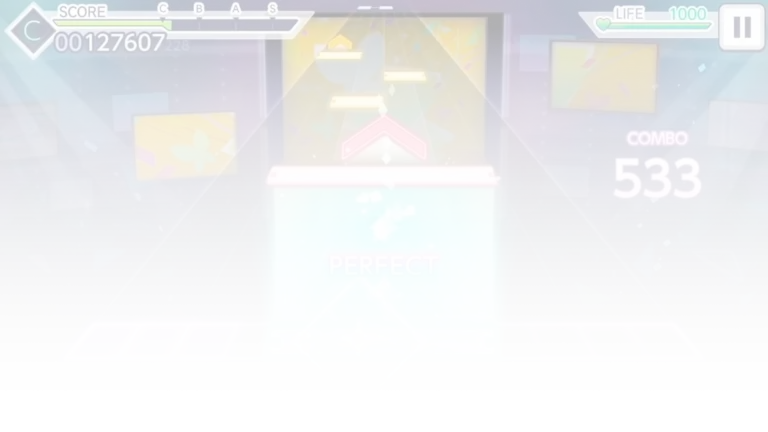
WRET
Advertisement
Wret introduces players to a psychological horror experience that unfolds over the course of five days. You play as Cameroon, a man who agrees to participate in what seems to be a simple ritual, seeking quiet and acceptance. The setting is a lonely house shared with a few strangers, but nothing about the environment stays the same for long. Each new day deepens the sense that something is off, as small changes accumulate and reality begins to slip. There are no traditional threats chasing you, but something is clearly wrong, and you are trapped within it.
Advertisement
Similiar games
Wret introduces players to a psychological horror experience that unfolds over the course of five days. You play as Cameroon, a man who agrees to participate in what seems to be a simple ritual, seeking quiet and acceptance. The setting is a lonely house shared with a few strangers, but nothing about the environment stays the same for long. Each new day deepens the sense that something is off, as small changes accumulate and reality begins to slip. There are no traditional threats chasing you, but something is clearly wrong, and you are trapped within it.
An Experience Without Words
The game avoids spoken or written dialogue entirely. Instead, Wret relies on spatial storytelling and sensory details to move the narrative forward. You are expected to observe your surroundings closely, note the inconsistencies, and feel the atmosphere shift. Whispers echo through the house, light behaves in deceptive ways, and what once felt like walls now seem to breathe. Every element is designed to unsettle rather than explain. The lack of guidance forces players to pay attention and interpret meaning from the world itself.
Core Features
Wret focuses on a minimalistic, immersive experience built around passive tension. Key elements include:
· Five unique in-game days, each with increasing dread
· A silent narrative told entirely through visual and audio design
· Low-resolution PSX-style visuals that add discomfort and ambiguity
· No dialogue, HUD, or traditional objectives
· Psychological horror that avoids jumpscares and violence
The house becomes a character of its own — one that shifts, resists, and observes. Progression is measured not through action, but through growing awareness and unease.
Presence Over Action
There is no combat system, inventory, or traditional survival mechanics in Wret. Instead, the fear comes from stillness and the sense of being watched. Players are expected to move through spaces that feel increasingly alien, with rituals taking place that you can’t explain or predict. The house isn’t just haunted — it’s aware. By the final day, the routine is broken completely, and the structure of the world bends in ways that make escape feel impossible.
A Ritual With No Return
Wret is not about escape or resolution. It is a closed loop, a space where meaning erodes over time, and you are slowly absorbed into something larger. Cameroon’s journey isn’t one of resistance, but realization. The story leaves you with questions rather than answers, drawing its strength from ambiguity. In the end, the ritual wasn’t about what he could endure — it was about how quietly he would disappear.
Discuss WRET
